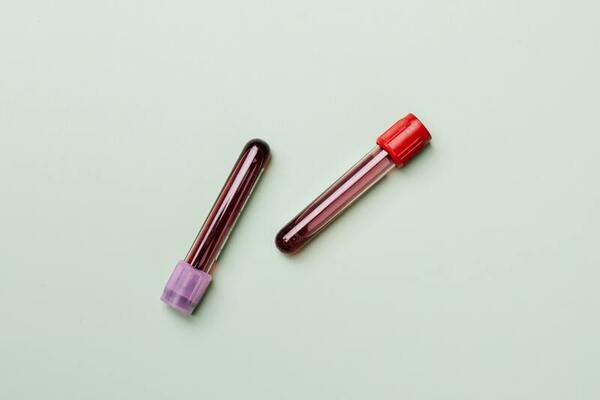Evaluation of platelet-rich plasma vs. platelet lysate: VEGF and PDGF concentration, stability, and shelf life
(1) The International School Bangalore, NAFL Valley, Whitefield – Sarjapur Road, Bangalore, India, (2) iCREST-International Stem Cell Services Limited, 9/1, Mission Road, Bangalore, India
https://doi.org/10.59720/20-164
Cell-free biologicals are a novel method of treating clinical conditions which involve chronic inflammation such as tendonitis and osteoarthritis. Standard approaches for addressing such conditions involve steroids and powerful pain killers, which predispose patients to unfavorable clinical outcomes. Cell-free biologicals like platelet-rich plasma (PRP) and platelet lysate (PL) derived from blood provide a reliable approach to treat chronic inflammation. aPRP is the activated form of PRP and is assumed to contained higher concentration of cytokines. These blood derivatives are safe and can be administered with ease over long periods. Although this approach is widely popular among physicians, it requires scientific standardization of its growth factors and a complete analysis of its shelf life and stability. In this study, we compared platelet-derived growth factor (PDGF) and vascular endothelial growth factor (VEGF) in PRP, activated PRP (aPRP), and PL. We analyzed the shelf life at different storage temperature over three weeks. We hypothesized that PL would contain higher concentrations of growth factors than PRP and that different storage temperatures for PL would diminish cytokine expression. Our results demonstrated PL had the highest concentrations of both cytokines, with concentrations slightly diminishing at-80C. aPRP and PRP demonstrated lower concentrations of PDGF and VEGF than PL.
This article has been tagged with: